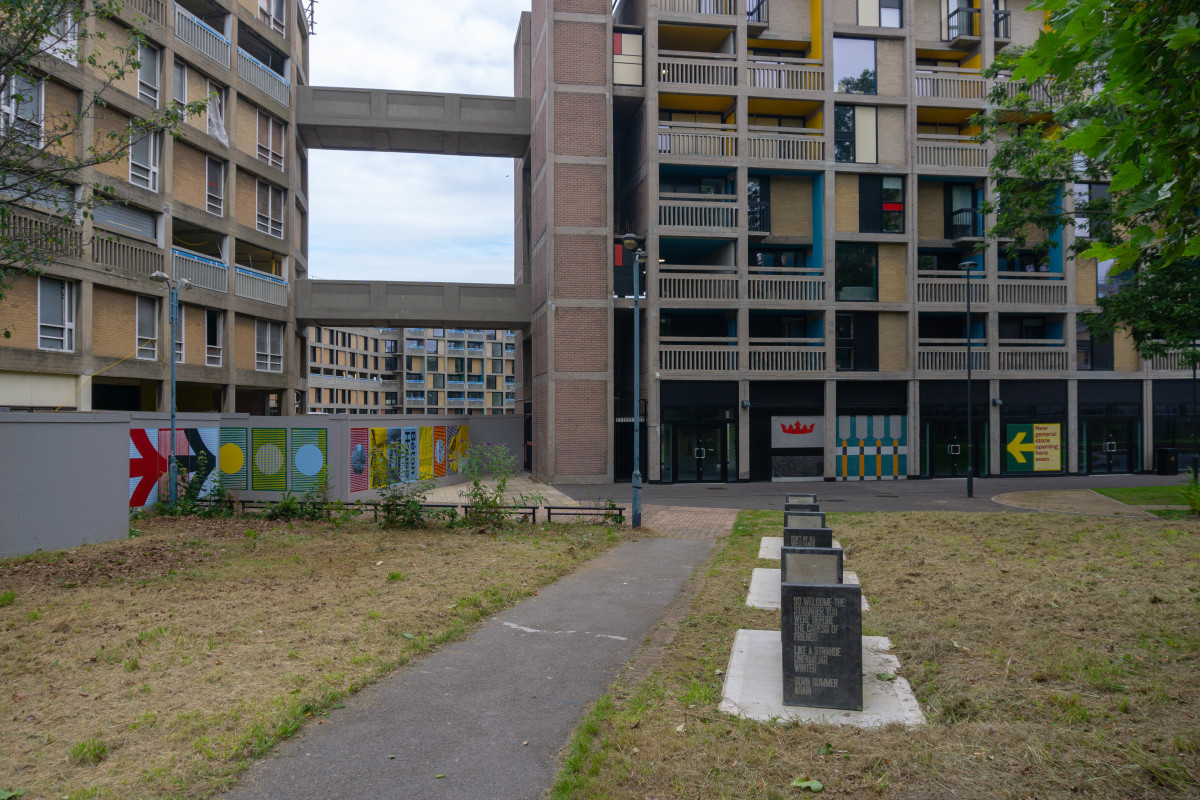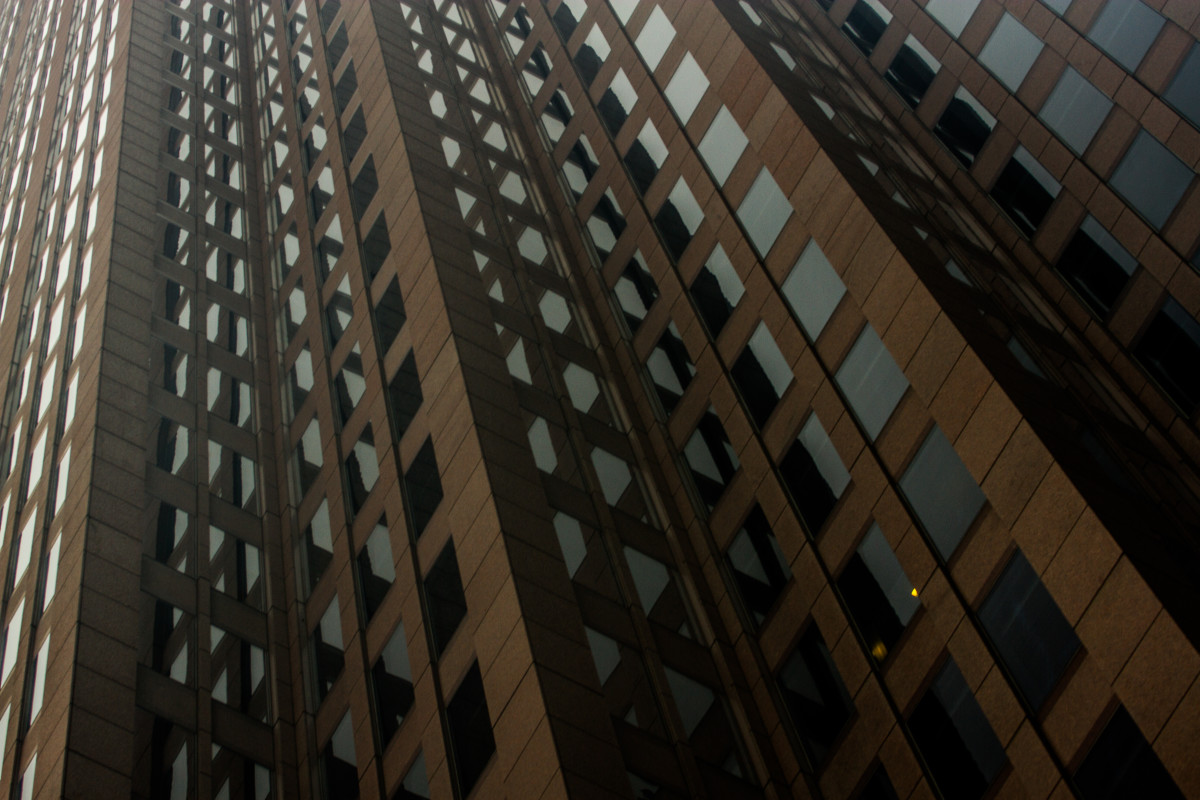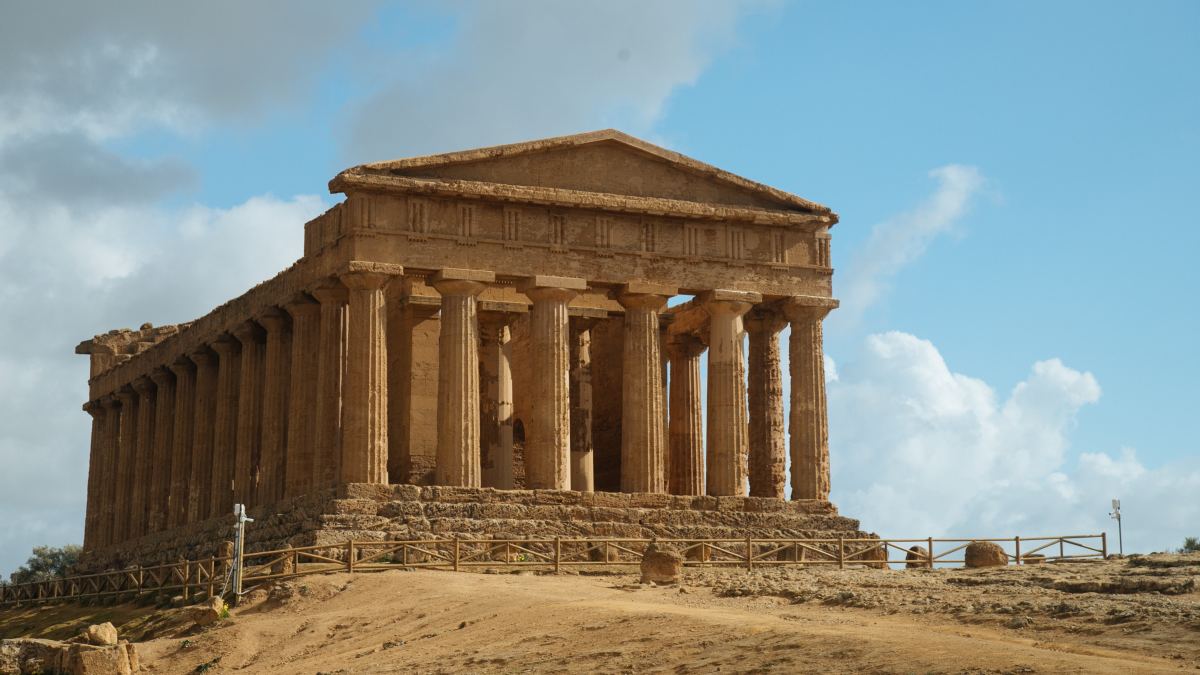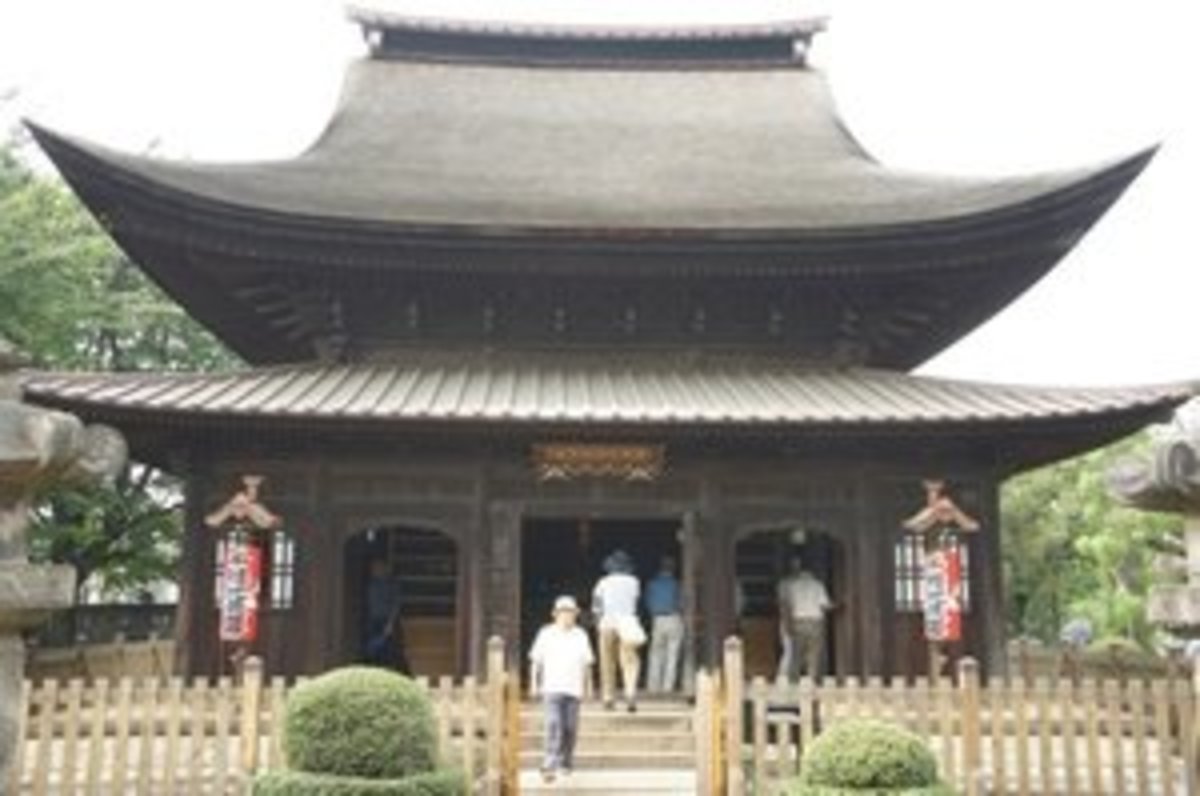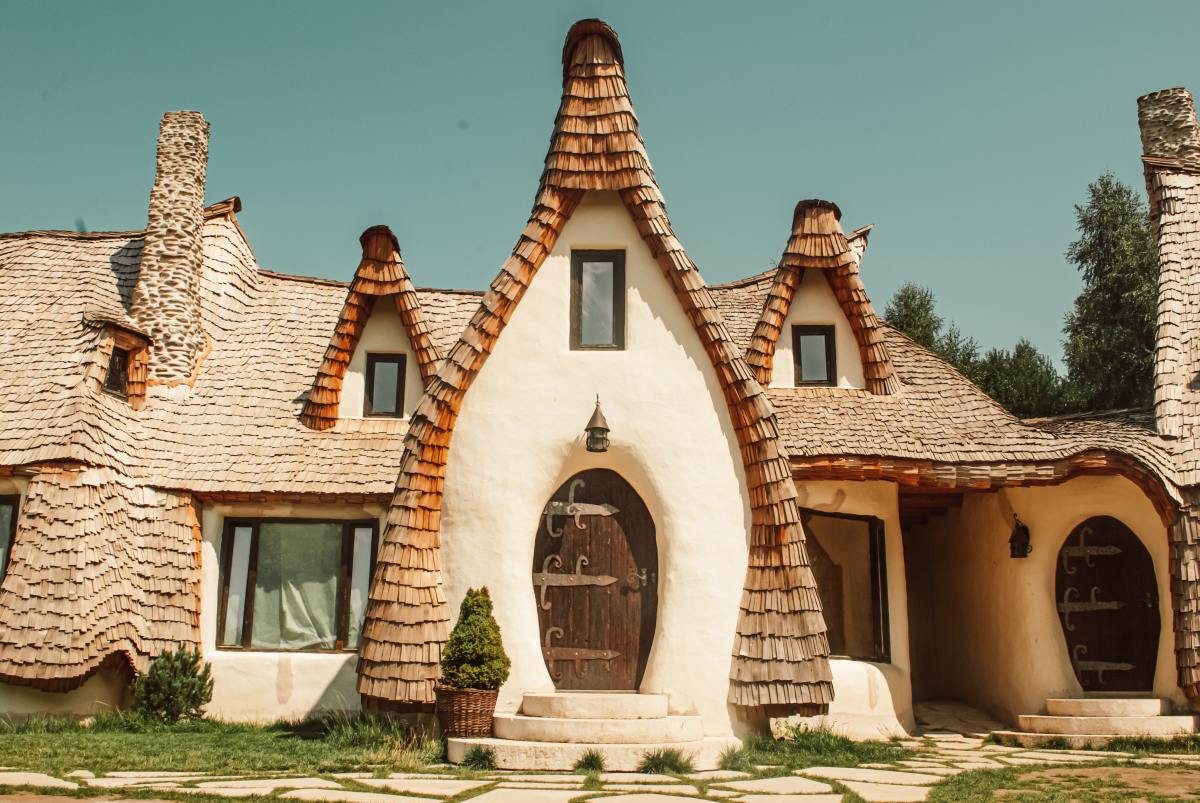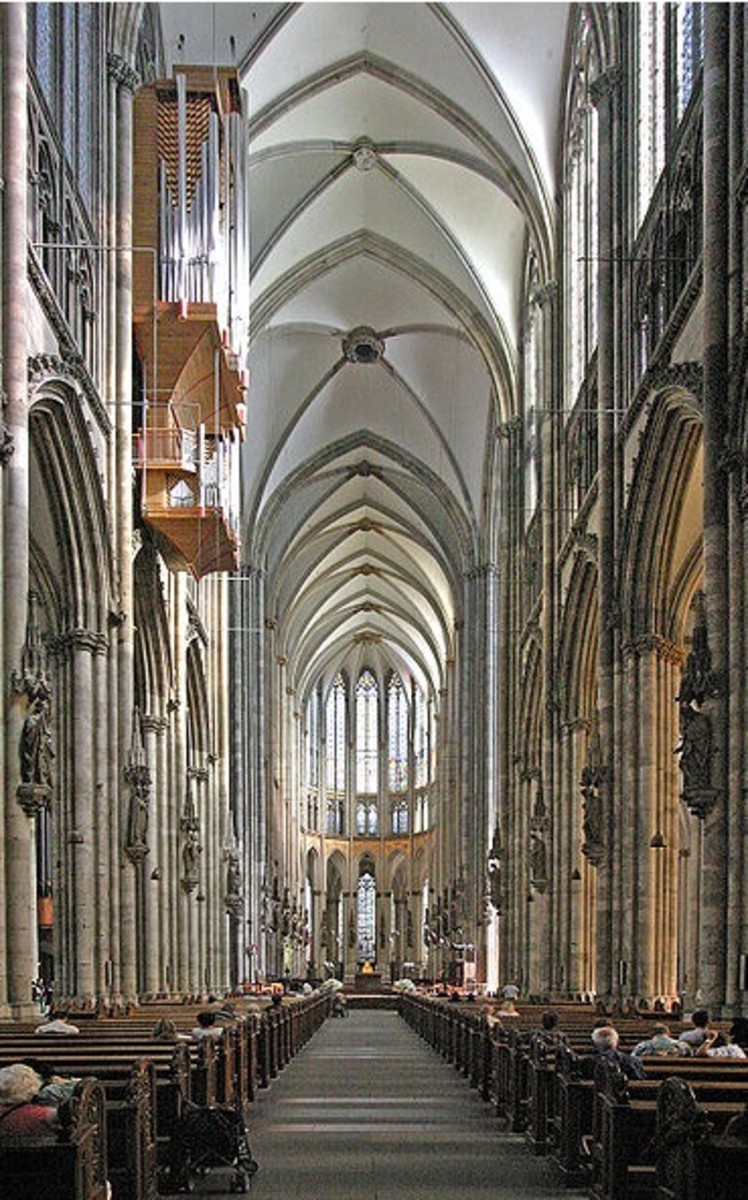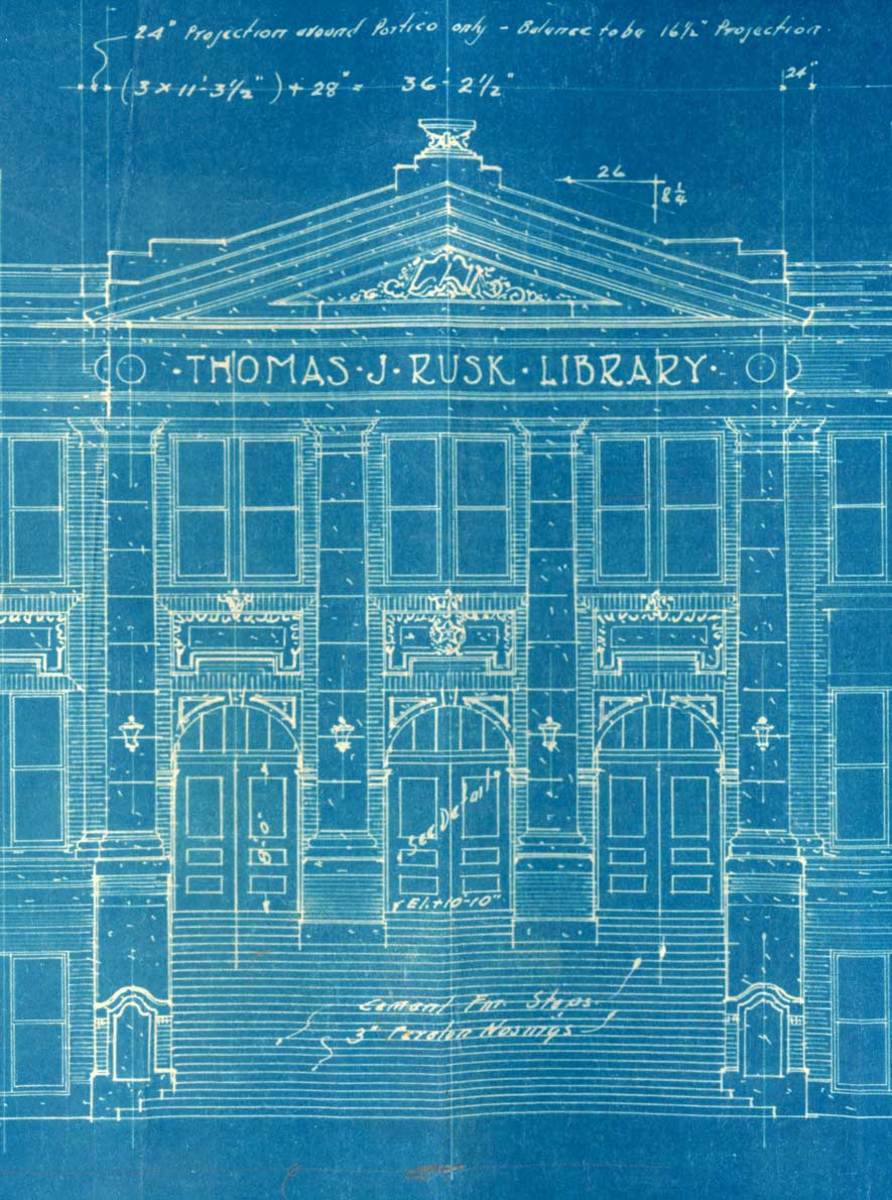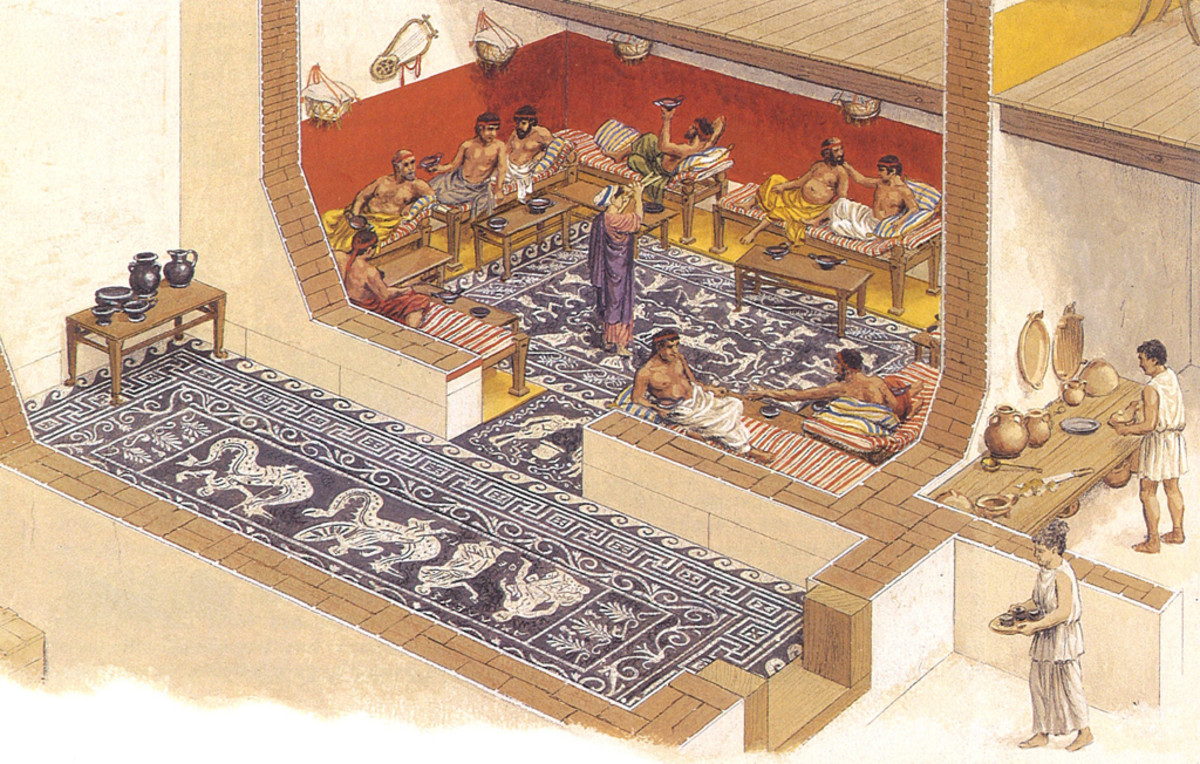Architecture and Marketing

Is marketing related to architecture? You bet! And, in both senses of that phrase, as well: marketing is essential to both the practice and the creation of architecture, and architecture is very often be created and crafted to advance the aims of marketing, branding and product positioning.
Allow me to explain, beginning with the example depicted in this initial photo. What you see happens to be a portion of an office building that I (with the assistance of a number of my fellow architects and engineers) designed in downtown Cleveland, Ohio several years back. It occupies a prominent corner of a fairly well traveled intersection near the heart of the city's financial and business sector. It originated as the seven-story corporate headquarters of a local financial institution, and is situated on a long and narrow rectilinear site with exposure on three different street frontages. Its serrated and articulated upper stories are clad in continuous horizontal ribbons of reflective blue glass, while its base is sheathed in alternating bands of white to pale gray marble.
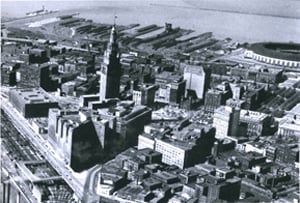
At the beginning of this architectural commission, I had to first market myself and my firm to the prospective clients. That is, I had to persuade them — through the use of examples of our past work, a definition of our experience and history, and an indication of our level of performance relative to our fees — that we were a good buy.
I next had to create and market the conceptual design for this structure. It was essential that my new-found clients be excited and enthused about the architecture I was creating. And, in fact, the building’s very design was based on some sound marketing principles: it was intended to display the clients’ company as it wished to be seen.

Since the clients wanted their bank to be seen as being on a par with much larger and more established banks, its headquarters needed to be as sleek, modern, imposing and impressive as other much taller structures in the vicinity. I therefore applied a striking reflective glass surface above a posh marble base to convey the proper stature.
My clients were also dismayed that they could not make a bigger, bolder statement, as their budget and the site permitted no more than seven stories. To make the building appear much taller than it actually is, we striated its upper floors with multiple identical horizontal bandings of glass, creating the illusion of more than seven stories. The added sawtooth notches in the building’s façades also draw the eyes of passing viewers upward, emphasizing the structure’s height. Finally, to convey the new and unique character of the building, we elected to use a bright blue shade of reflective glass that was not already present anywhere in the city skyline.

The net result is that, by applying sound marketing concepts to architecture, we were able to created an iconic headquarters structure that in turn marketed its occupant business.
Architects have using the same tricks of marketing and public perception for millennia. The form of the Egyptian pyramids indicated the radiating sunrays that enabled the Pharaoh to rise to join his godly counterparts. The Roman fora displayed the imposed order, munificence and regal splendor of their founding Caesars. The Statue of Liberty is the amity of France toward America cast in copper. Architects market themselves by their distinctive styles: the roiling metallic swerves and swoops of Frank Gehry, the pristine sun-splashed white boxes-within-boxes of Richard Meier, the low-slung shard-roofed Prairie homes of Frank Lloyd Wright. And architecture markets those who inhabit and fund it, whether they are the art patrons beneath the Louvre’s glass pyramid, or the Dubai princes of the Burj Khalifa.
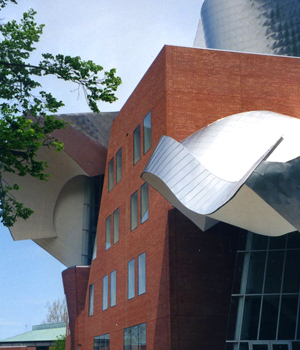
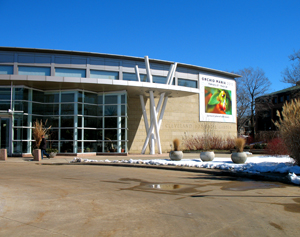

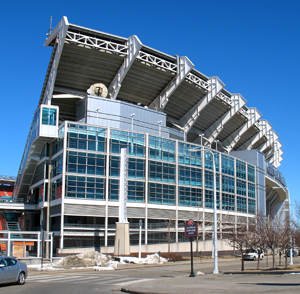
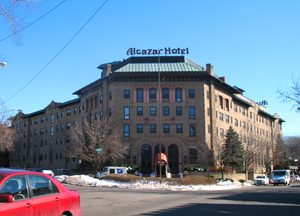
- First Federal Savings Bank Building (Charter One), C...
The former First Federal Savings Bank Building was erected in 1987 at 1215 Superior Avenue, at what was then the eastward end of... - Cleveland's Skyline
In the more than 210 years of its existence, the skyline of Cleveland has undergone continual change. But since 2002, the city’s panoramic profile has been punctuated by four uniquely... - The Rock and Roll Hall of Fame and Museum
Standing at the terminus of Cleveland’s East Ninth Street where it meets the shore of Lake Erie is The Rock and Roll Hall of Fame and Museum (locally referred to... - Cleveland's Former BP America Building (200 Public S...
Initially conceived in 1981 as The Sohio Building — before Standard Oil of Ohio (Sohio) was acquired by BP (British Petroleum) — the 45-story BP America... - Cleveland's Peter B. Lewis Building
In 2002, the campus of Case Western Reserve University became home to another of architect Frank Gehry’s distinctive undulating metal roofs — in this case, one that appears to... - Cleveland Botanical Garden
Consisting initially of nothing more than a converted boathouse on Wade Park Lagoon in the University Circle area, the very first garden center in any American city was founded...

